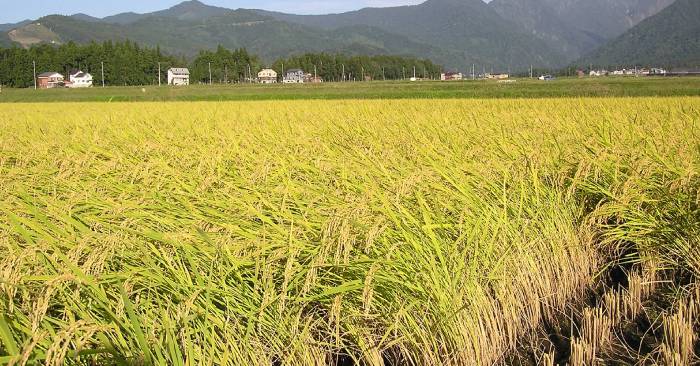Plentiful Rains Could Boost Farm Growth to 6% This Year: Officials

An above-average monsoon, forecasted to arrive on the Kerala coast by May 31, could propel farm growth to 6% this year, driven by higher summer crop yields and a base effect, according to a government policy-maker on Thursday. The June-September monsoon season is vital for India’s economy, as nearly half of the country’s net-sown area depends on it, and a significant portion of the population relies on agriculture for income.
Ramesh Chand, a member of NITI Aayog, the state-run think tank, expressed optimism about achieving this growth rate based on trend growth and the base effect. The base effect refers to a statistical phenomenon where economic values like GDP growth or inflation appear higher when compared to a period of lower values.
For the fiscal year 2024, agriculture and allied sectors are expected to grow by 0.7%, the lowest in eight years, according to the government’s second advance estimates. This is a decrease from the 1.8% growth projected in the first advance estimates. In the fiscal year 2023, agriculture’s gross value added was 4.7%.
For robust farm output, it is crucial that the monsoon rains are evenly distributed across the country. On April 15, the India Meteorological Department (IMD) predicted an above-normal and well-distributed monsoon, forecasting a surplus of 106%. Monsoon showers are classified as average or normal if they fall between 96% and 104% of a 50-year average of 87 cm for the season.
IMD’s forecast indicates that most parts of India will experience above-normal seasonal rainfall, except for some regions in Northwest, East, and Northeast India, which may see below-normal rainfall. Well-distributed rains are essential for summer crops such as paddy, pulses, millets, maize, sugarcane, ragi, soybean, and groundnut.
In 2023, the monsoon was 6% below normal, affecting yields of crops like paddy and pulses. Additionally, heatwaves in 2022 and 2023 impacted the wheat crop. To control rising domestic prices, the government has banned exports of wheat, rice, and sugar, which has adversely affected farm incomes and led to an 8% drop in agricultural exports to $48.9 billion in FY24 from $53.2 billion in FY23.
A good monsoon would allow the government to lift these export bans, particularly on rice, according to Abhishek Agrawal, an analyst with Comtrade. Plentiful rains also benefit the broader economy by boosting rural demand, as nearly half of all two-wheelers are sold in rural areas when harvests are abundant.






